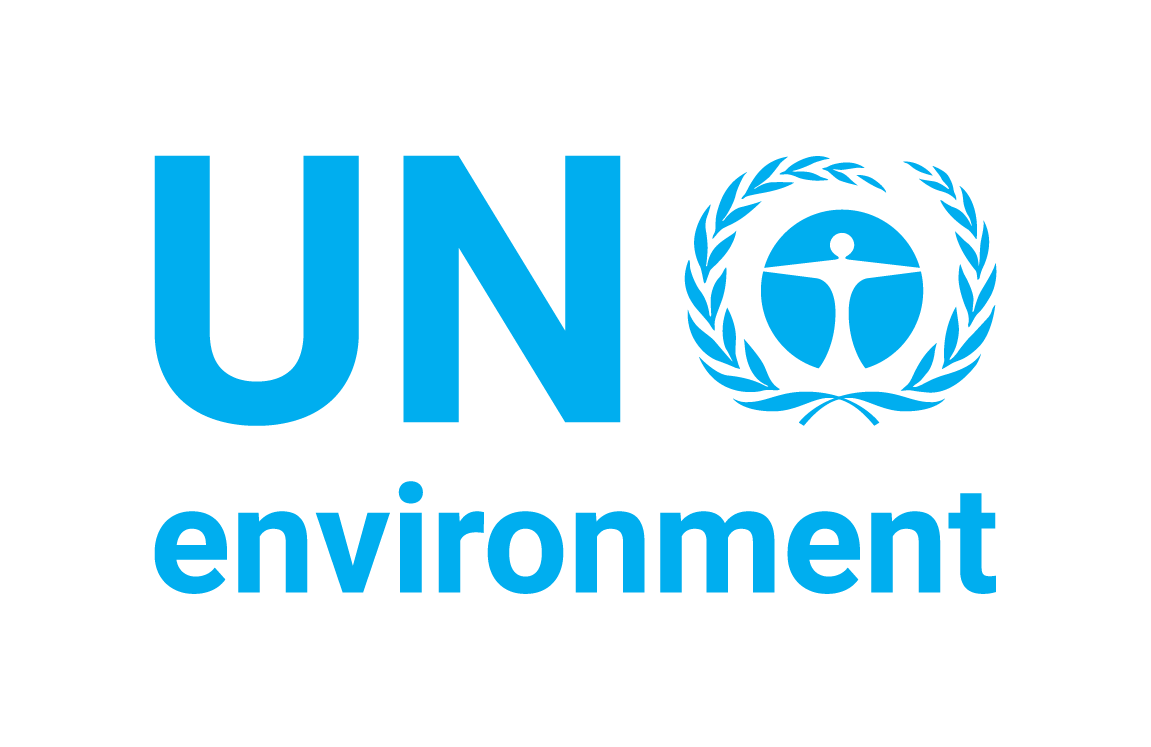
Source: S.O.L.I.D. Invest" style="float: right; margin: 0px 0px 15px 15px; width: 250px;">
Interconnected systems towards 100% renewable district heating & cooling
This Solution provides guidance on the integration of renewable energy sources in district energy production, both in new systems and in already existing ones, and can be of interest to both established and growing cities. While for new district energy systems cities should explore the opportunities to integrate local renewable energy from the early planning stage, for already existing systems the integration of renewables will be particularly interesting if coordinated with system expansion and/or the retrofitting plan of both production and network. These situations will offer opportunities to optimize the layout and design parameters such as reduction of the network temperature overall or in new subsystems. For already established and large systems, decentralized production using multiple renewable sources and technologies offers benefits in terms of reliability, operational flexibility and cost-effectiveness.
This Solution explores the different roles that local governments can play, including in creating an enabling framework in the context of urban and energy planning, facilitating stakeholder engagement and as owner and/or operator of a district energy utility.
It also zooms in on technical aspects such as specificities of different renewable energy sources (e.g.: biomass, solar thermal energy, waste heat from waste water, biogas or geothermal energy), thermal storage, lower operating temperatures and integration with the electricity grid.
This Solution builds on existing case studies and literature such as the flagship publication of the Global District Energy in Cities Initiative, led by UN Environment, and IRENA’s Renewable Energy in District Heating and Cooling, as well as on projects funded by the European Commission to promote the integration of renewable energy in modern district energy systems such as “SmartReflex – Renewable District Heating & Cooling” and “SDHp2m – solar district heating … from policy to market”.
It is assumed that the user has a good understanding of district energy concepts and processes. For additional information on those topics, please see the other Solutions included in this Package.
Video: Thisted - A Climate Friendly Region – the municipality has 100% renewable electricity and 85% renewable district heating supply, using multiple renewable energy resources such as wind, geothermal, biogas, straw. Source: Denmark State of Green.






